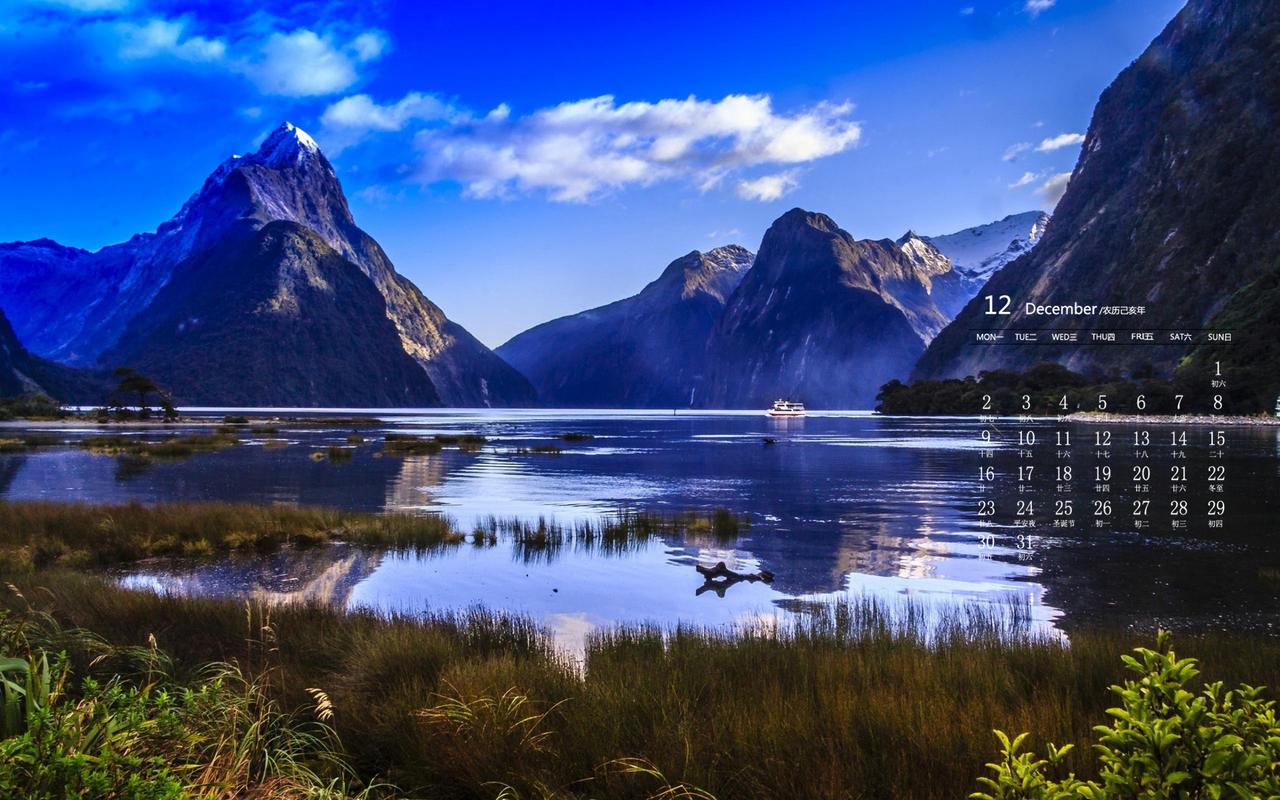The Impact of Popular Culture on American Society in the 1920s
The 1920s, also known as the Roaring Twenties, was a time of significant cultural transformation in America. With the rise of new technology, economic prosperity, and the end of World War I, there was a fundamental shift in the way Americans thought, lived, and interacted. The decade was characterized by a unique cultural energy that found expression in music, art, fashion, and literature. In this article, we will examine the impact of popular culture on American society in the 1920s, and how it shaped the country’s identity.
The Rise of Mass Culture
The 1920s saw the emergence of mass culture, which refers to the democratization of cultural forms such as music, film, and literature. With the advent of radio, phonographs, and the motion picture industry, the general public had access to a vast array of entertainment options. The popularity of jazz music, which originated in New Orleans, quickly spread across the country, becoming the soundtrack of the era. The popularity of jazz reflected a newfound sense of freedom and individuality, as well as the growing influence of African American culture.
The Influence of Hollywood
The rise of Hollywood and the motion picture industry transformed American society in the 1920s. The movies became a national obsession, and Hollywood became synonymous with glamour and glitz. Films such as The Jazz Singer and The Phantom of the Opera became instant classics, and stars such as Charlie Chaplin and Rudolph Valentino became iconic figures. Hollywood’s reach extended beyond the United States, with American films becoming popular worldwide. The popularity of Hollywood reflected America’s growing influence on the world stage.
The Impact of Prohibition
One of the most significant social changes of the 1920s was the introduction of Prohibition. The 18th Amendment to the Constitution banned the production, sale, and transportation of alcohol, and was designed to reduce crime and improve public health. However, Prohibition had the opposite effect, creating a thriving black market for alcohol and increasing organized crime. The speakeasy culture that emerged during this time became a symbol of rebellion against authority and embodied the spirit of the Roaring Twenties.
The Changing Role of Women
The 1920s saw a significant change in the role of women in American society. The passage of the 19th Amendment in 1920 gave women the right to vote, and many women began to enter the workforce. Women’s fashion also underwent a dramatic transformation, with the popularization of short haircuts and shorter skirts. The “flapper” became a symbol of this new era, challenging traditional gender roles and embodying the spirit of independence.
The Legacy of the Roaring Twenties
The cultural impact of the 1920s can still be felt in American society today. The legacy of jazz can be heard in contemporary music, while Hollywood continues to dominate the global entertainment industry. The changes in women’s roles and attitudes towards gender continue to shape social norms, while the speakeasy culture has inspired a renewed interest in craft cocktails. The Roaring Twenties remains a symbol of a time of social, cultural, and economic transformation, and its impact on American society is still felt today.
In conclusion, the 1920s was a time of significant change and cultural transformation in America. From the rise of mass culture to the changing role of women, the decade represented a unique period in American history. The legacy of the Roaring Twenties can be felt in modern American culture, and it remains a symbol of a time of freedom, rebellion, and creativity.
(Note: Do you have knowledge or insights to share? Unlock new opportunities and expand your reach by joining our authors team. Click Registration to join us and share your expertise with our readers.)
Speech tips:
Please note that any statements involving politics will not be approved.
